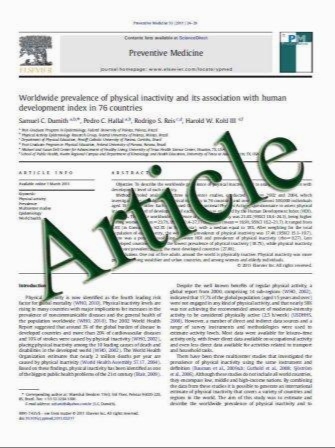A new kaolin-based haemostatic bandage compared with manual compression for bleeding control after percutaneous coronary procedures
- نوع فایل : کتاب
- زبان : انگلیسی
- مؤلف : Daniela Trabattoni & Piero Montorsi & Franco Fabbiocchi & Alessandro Lualdi & Pamela Gatto & Antonio L. Bartorelli
- چاپ و سال / کشور: 2011
Description
Objective Bleeding and vascular access site complications are an important cause of morbidity after percutaneous femoral procedures. New haemostatic dressings have been developed to control heavy bleeding. To evaluate the efficacy of a new kaolin-based haemostatic bandage for femoral artery closure after diagnostic or interventional procedures compared with manual compression. Methods The first pilot European trial using this haemostatic bandage was performed at the in Milan, Italy. Twohundred patients (71% male, mean age 66±11 years) undergoing angiography or PCI via a femoral approach were randomised to the haemostatic bandage (n=100) or manual compression (n=100) following sheath removal. The mean active clotting time (ACT) at haemostasis was 146±24 s (range 98–198 s). Haemostasis was achieved in 5.4±1.5 min with the bandage vs 25±15 min after manual compression, p<0.001. No haemostasis failure occurred in either group. No differences in oozing, minor and major haematomas and pseudoaneurysms were observed. All patients ambulated at 4 h. Major bleeding, re-bleeding or haematoma did not occur after early (4 h after the procedure) ambulation following use of the bandage. Conclusions The haemostatic bandage obtained prompt and significantly shorter haemostasis than controls. This novel haemostatic device allowed for early ambulation without clinical complications.
Eur Radiol (2011) 21:1687–1691 DOI 10.1007/s00330-011-2117-3 Received: 5 December 2010 / Revised: 15 January 2011 / Accepted: 21 February 2011 / Published online: 9 April 2011


